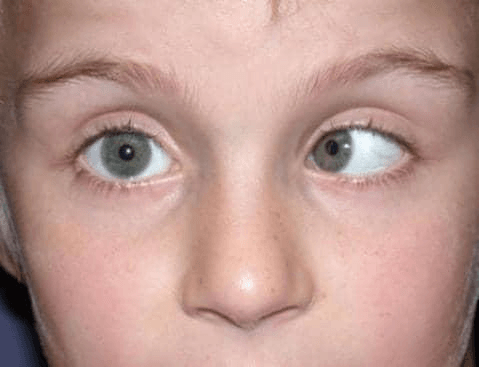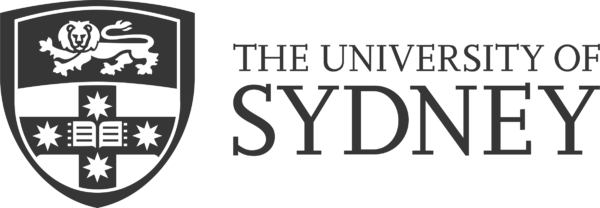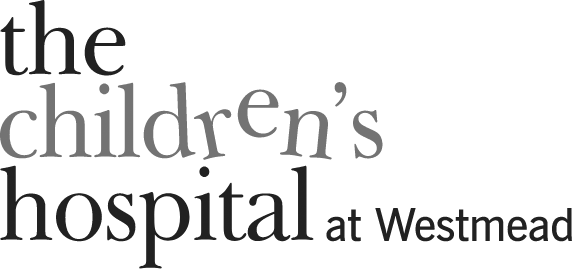Strabismus
What is a Strabismus?
Strabismus or commonly referred to as Squint or crossed eyes, is a visual defect in which the eyes are misaligned and point in different directions when viewing objects and are thereby unable to focus simultaneously on a single point.
The misalignment may always be noticeable, or it may come and go. One eye may be directed straight ahead, while the other is turned inward, outward, upward or downward. The turned eye may sometimes straighten, and the straight eye may turn.

Usually, the muscles surrounding the eyes work together so that both eyes point in the same direction simultaneously. Any impairment in muscular coordination causes strabismus, and as a result, each eye may focus on different objects at a time. The brain receives two different images from each eye which may lead to confusion.
Children do not outgrow strabismus.
Who Is Affected by Strabismus
Strabismus is a condition that can occur in both adults and children, It affects about four per cent of children but can also occur later in life. It occurs equally in males and females and may run in families. However, many people with strabismus have no relatives with the problem.
Causes Of Strabismus
Strabismus most often begins in early childhood. Adult strabismus may be the residual childhood strabismus or the condition develops in adulthood.
Certain medical conditions such as diabetes, thyroid disease, myasthenia gravis, brain tumour, head trauma, and stroke may increase the risk of developing this condition later in life.
This eye misalignment may result from problems with the extraocular muscles, blindness, mechanical problems in the eye, or obstruction to vision in one eye during early life.
Symptoms of Strabismus
In adults, strabismus may be a symptom of various brain disorders or systemic diseases. Squint surgery aims at re-aligning the eye muscles.
Types Of Strabismus
The most common types are:
- Exotropia - the outward turning of the eyes
- Esotropia - the eyes are 'crossed'
Stages Of Strabismus
When one eye turns, as in strabismus, two different pictures are sent to the brain.
In a young child, the brain learns to ignore the image of the misaligned eye and sees only the image from the straight or best-seeing eye. This causes a loss of depth perception and binocular vision.
Adults who develop strabismus often have double vision because the brain is already trained to receive images from both eyes and cannot ignore the image from the turned eye.
Diagnosis of Strabismus
Diagnosis of strabismus is made with a detailed examination of the eyes. Eye tests such as corneal light reflex, cover or uncover test, retinal exam, standard ophthalmic examination, and visual acuity may determine how much the eyes are out of alignment. Neurological examination may also be performed.
- Visual Acuity Test: In this test, you will be asked to read the letters on the chart (Snellen chart) or a card placed 4 to 6 metres away. This enables the doctor to assess your visual ability to see the most miniature objects.
- Standard Ophthalmic Examination: It includes a series of tests performed to examine the coordination and the health of your eyes.
After a complete eye examination, including a detailed study of the inner parts of the eye, an ophthalmologist can recommend appropriate optical, medical or surgical therapy.
How is Strabismus Treated?
Treatment goals for strabismus are to preserve vision, straighten the eyes, and to restore binocular vision. Treatment for strabismus is most effective when the child is young. Straightening of the eyes remains possible at any age and can result in improved side vision.
Non-Surgical Treatments for Strabismus
Treatment for strabismus may be non-surgical and include
- Botulinum toxin (Botox) injections where strabismus is caused by overactive eye muscles
- Eye muscle exercises help to train your eyes to focus together. These exercises are usually used to treat convergence insufficiency
- Eyeglasses containing prisms
- Covering or patching the good eye to improve vision in the amblyopic eye is often necessary
Surgical Treatments for Strabismus
Surgical treatment (when indicated) depends on the cause of the strabismus, treatment may involve repositioning the unbalanced eye muscles, removing a cataract, or correcting other issues causing the eyes to turn. The earlier in life intervention is performed the better the child's chance of developing normal binocular vision. Surgical correction is recommended in cases where the muscles cannot move to focus.
During eye muscle surgery, the muscles around the eye are tightened or relaxed to correct the misalignment.
What If Strabismus Is Untreated
Because of multiple inputs, the brain fails to recognise the images viewed by the weaker eye. Strabismus, if left untreated, may lead to loss of vision in that eye, a condition called amblyopia or “lazy eye”.
An individual with strabismus may have eye fatigue, double vision, overlapped or blurred images, a pulling sensation around the eyes, difficulty in reading, and depth perception loss.







